The iPhone 7 and iPhone 7 Plus Review: Iterating on a Flagship
by Joshua Ho & Brandon Chester on October 10, 2016 8:00 AM EST- Posted in
- Smartphones
- Apple
- Mobile
- iOS
- iOS 10
- iPhone 7
- iPhone 7 Plus
Final Words
Although this initial review is supposed to be just the basics, over the course of the review we’ve learned quite a bit about the iPhone 7 and 7 Plus. These findings aren’t necessarily going to excite those that are interested in the deep-dive aspects that we’ve come to expect from a review – and for you we have a seperate deep-dive to come – but for someone that wants to know whether this phone is worth buying this should be enough to arrive at a decision one way or another.
Starting with the design of the device, it’s obvious that this is not a huge change from the iPhone 6s but it is a noticeable change nonetheless. The iPhone 7 is probably most similar to the iPhone 6s, but even so the changes to the design are significant enough that you can tell that it isn’t the same thing. The changed camera surround helps to acknowledge that the phone does in fact have a camera hump, and the rearranged antenna lines help to reduce the visual impact and in general they’re just less obvious. The design also has no obvious details that aren’t aligned or centered in some shape or form, which isn’t the case for a number of major Android designs on the market that have been widely praised for their beautiful design. If you really care about design though, this is probably going to be a flat release because it’s still quite similar to an iPhone 6s. The jet black finish is the one exception, which makes the phone look like a monolith as the display, antenna lines, and aluminum unibody all have nearly identical texture and colors which makes for a neat effect while retaining the ability to use tempered glass screen protectors.
The displays of the iPhone 7 and 7 Plus are impressive, but they do have some drawbacks. It looks like all units are now individually calibrated and have a much more neutral white point which is great to see. iOS remains the only relevant mobile OS with proper color management, and is miles ahead of Android in this regard which has no concept of multiple color spaces. This allows for wide gamut displays to be used properly which is a huge win and great to see. Brightness also sees a significant bump across the board which helps to improve outdoor visibility. However, the iPhone 7 is still at the same effective pixel density as the iPhone 4. While it’s not unusable by any means, you don’t need to have amazing vision to see the difference between 326 PPI and the 400-500 PPI of most Android devices and the iPhone Plus line. I think this is probably one of the last few generations where LCD will be reasonable on a high-end smartphone, and if Apple insists on sticking with LCD for the next generation, at minimum True Tone and advanced AR coatings are going to become mandatory to avoid turning this aspect of the iPhone into a potential negative.
When it comes to performance, the iPhone 7 and 7 Plus are industry-leading. It’s common to see people claiming that the iPhone has “less specs” than the competition, but it’s simply not the case and hasn’t been for a few generations now. The A10 Fusion’s Hurricane CPU core is ahead of literally everything else when looking at single threaded performance, and to the extent that two of these CPU cores is enough to remain competitive in multithreaded performance against quad core CPUs used in other SoCs. GPU performance is almost on par with the A9X used in the iPad Pro 9.7 in some cases which is a testament to the systems development team at Apple considering that the system TDP of a 10” tablet is on the order of about 5 watts while a 5” smartphone is closer to 2-3 watts. The fast flash memory at this point is nothing new but still impressive and helps to make the phone feel fast.
What makes the performance of the iPhone 7 and 7 Plus even more impressive is how that performance doesn’t compromise battery life. The iPhone 7 Plus manages to be competitive with devices that have batteries 25% larger while handily outperforming them. The iPhone 7 actually manages to pull ahead of the Android competition by a significant margin which is quite a feat considering how it’s one of the last smartphones on the market that is actually usable in one hand. Making a small phone that isn’t brick-like while maintaining class-leading battery life requires serious engineering effort in both man and material, and it’s impressive that Apple has been able to pull it off. The one major issue here is the charge time, which remains on the high side for both the iPhone 7 and 7 Plus. Apple should really be shipping a higher power charger considering how we’ve seen battery capacity go up by something like 50% since the 5W charger was introduced. If charge time matters to you, spring for an iPad charger.
Looking at the camera, the iPhone 7 finally gets OIS and the results are obvious in low light. Performance is roughly comparable to the Galaxy S7 and iPhone 6s Plus, but the improvements in image processing and optics mean that there’s less noise in low light which is really impressive considering how incredibly noisy the RAW output is. The iPhone 7 Plus’ second camera isn’t necessarily useful in low light, but in daytime it’s obvious just how much detail it brings to the table as pretty much nothing else currently on the market offers anything similar, and otherwise we'd have to go back to the Lumia 1020 or something similar. I would say that the iPhone 7 and 7 Plus could both use a bump in sensor size to really be the best in all situations, but as-is they’re the most well-rounded for stills even if the HTC 10 can definitely produce better images in a number of scenarios. In video capture there’s almost no competition when the competition can’t produce video without obvious macroblocking and some really obvious oversaturation. The HTC 10 does get close, but only in 1080p30 video. The second camera of the iPhone 7 Plus remains valuable here as well, but the lack of OIS and narrower aperture limits the scenarios where it can be used meaningfully.
On the software side of the experience, iOS 10 works well, but it’s obvious that some bugfixes are in order. Some UI performance issues can pop up here and there, and there are some strange animation bugs, but there’s nothing here that’s nearly at the level of most Android devices. Other than the basics, the new features like the haptic home button and stereo audio work quite well. The solid state home button does require some getting used to but after adjusting it works just like you’d expect. The only real difference is that the button doesn’t work unless your bare finger is touching it instead of being purely force sensitive. Stereo speakers like the HTC 10 are nice, but like the HTC 10 the use of a traditional earpiece for speaker output leads to a somewhat harsh-sounding result as high frequencies are directed directly at you while low frequencies go out the side of the phone.
You might notice at this point that we’ve completely recapped the review without a single mention of the deletion of the 3.5mm headphone jack, and that’s mostly because I think removing it doesn’t really matter after spending some time with AirPods, which really do remove a huge number of friction points from the user experience in a way that I didn’t even think about. I’m not a fan of the EarPod level of isolation and sound quality, but everything else about AirPods has been revelatory about how many friction points in the user experience of headphones that I had overlooked. The removal of the headphone jack also means additional internal volume for battery, an improved haptic feedback linear actuator, OIS/second camera, and effective water resistance without the use of nanocoatings on the board. The analog port might be a dealbreaker for some users – and even within AnandTech not everyone is onboard with the change – but I suspect that wireless solutions or the lightning to 3.5mm adapter are enough that most people aren't going to miss it enough to pass on the iPhone.
At the start of this review I said it was important to consider perspective because at the end of the day, I use Android devices. Doing the iPhone 7 and 7 Plus review is important, but also deeply disillusioning. With the iPhone 6s review I showed a number of clear and present issues in Android devices relative to the iPhone, and these issues continue to appear time and time again. More than ever it’s obvious to me that most companies in the Android ecosystem don’t really care about the details as an organization.
It’s been 3 years at this point since the iPhone 5s brought a desktop-class CPU to a mobile SoC, and Apple continues to stand alone when it comes to high-end SoCs. SoC vendors lack the incentives to actually bring anything that can compete with Apple’s SoCs to market because OEMs by and large are content to advertise simplistic specs that don’t really have any connection to user experience. Whether it's SoCs with clock speeds that are practically impossible to reach due to TDP limits, IP blocks that are visibly (and visually) broken, or compromised cameras with huge sensors but not much else.
AirPods, more than anything, are emblematic of this divide that I’m seeing more and more. It’s incredibly easy to keep including the headphone jack because that’s what users say they want. It’s also easy to write off this decision as plainly obvious. It’s hard to actually think about the user experience of the headphone jack and to design wireless earbuds that don't have all of the friction points that we've come to expect.
This sort of divide is something that I’ve seen time and time again with something as simple as proper video stabilization, post-processing, encode quality, and a whole host of other issues present in Android devices that continue to be glossed over and ignored in the broader discourse, which leads to a self-perpetuating cycle. There are a few OEMs that do care, but the major players that can actually put the engineering effort into making a change don’t really have any interest in anything other than shipping something that gets close enough for government work.
Overall, I think that if there’s any phone that is worth 650-750 USD at its base, it’s the iPhone 7 and 7 Plus. If you’re upgrading from the iPhone 6s Plus you probably won’t find a ton of differences, but it’s still a significant step up in display, camera, speaker quality, battery life, and system performance. There are some software bugs and minor performance issues, but there’s nothing that really stands out as a showstopper and these issues are due to be fixed within the coming weeks. The iPhone might not excite like smartphones once did, but the amount of attention to detail and execution in the hardware is unparalleled and a cut above anything else in the industry.


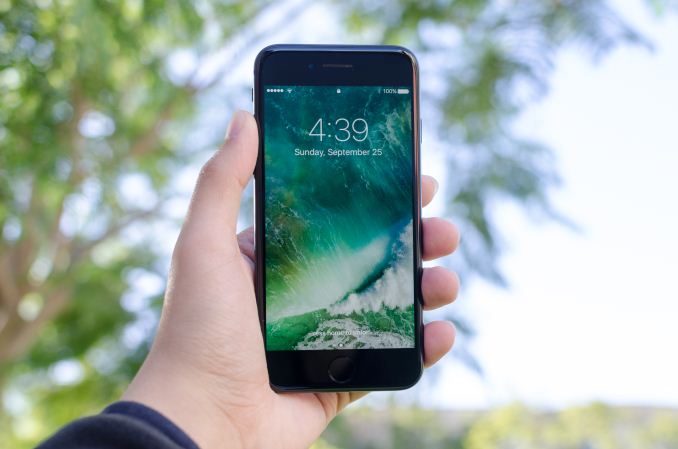
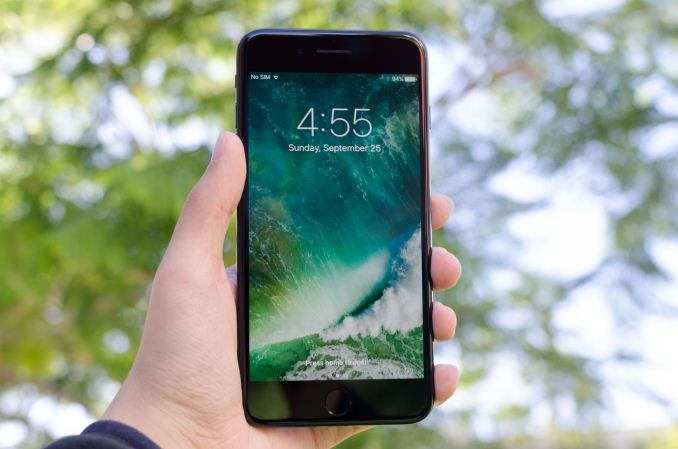
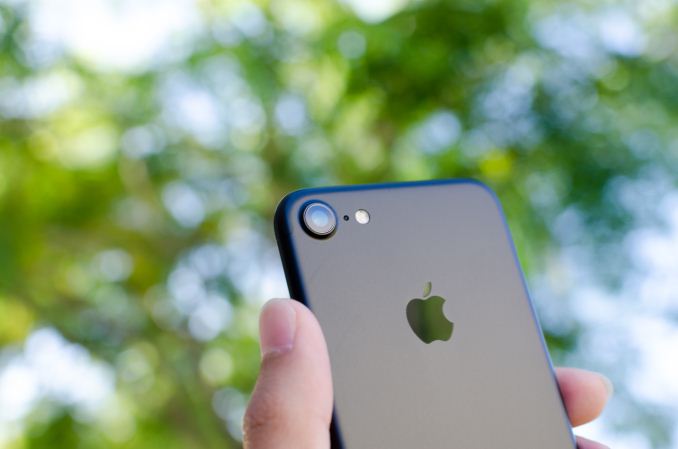
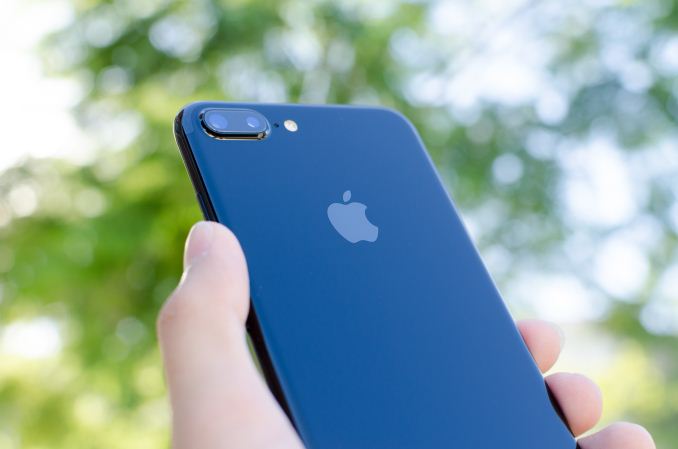
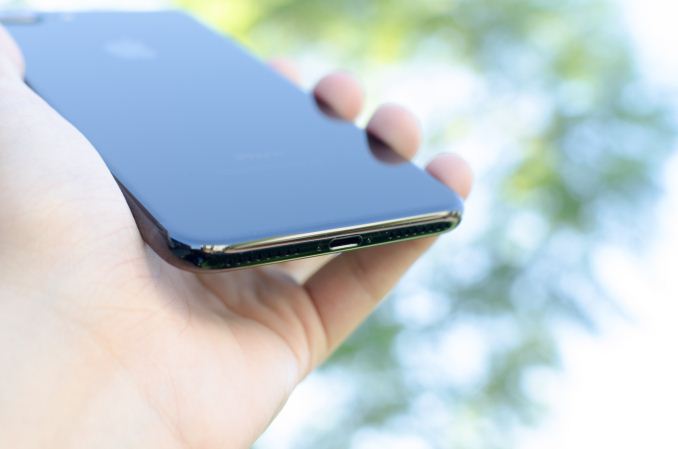
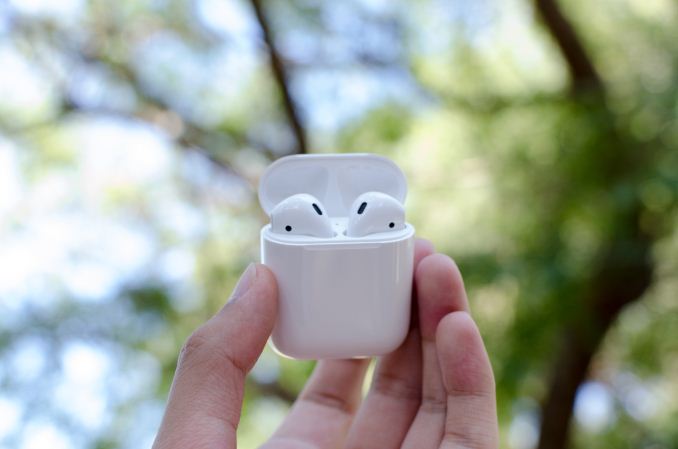
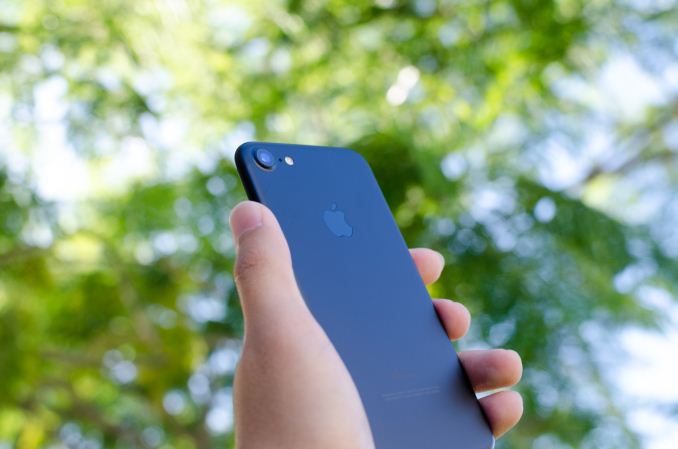
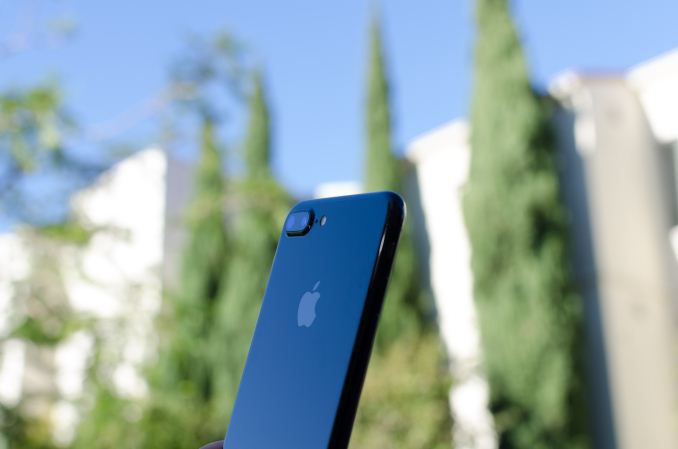








377 Comments
View All Comments
lolipopman - Tuesday, October 11, 2016 - link
I agree that Apple rules the market currently.*Currently*. It actually seems that the recently announced ARM A73 will be a beast.
And let's not forget the Mali G71 which is said to be very close to Nvidia Shield's performance.
I'm curious what the A11 chip will be bringing to the graphics table when the next revision of iPhones drop.
jospoortvliet - Tuesday, October 11, 2016 - link
Sadly the A73 won't even make a dent, it is maybe 20% faster at same power, that isn't a third of the gap with Apple...GPUs are doing better indeed but with far higher pixel densities end user experience is still that much worse.
tuxRoller - Tuesday, October 11, 2016 - link
Unfortunately it won't. The a73 looks to be quite good at efficiency, but per clock perf is still going to be decently far behind.As for graphics, no one can match IMG for efficiency. I really wish arm/Softbank would buy IMG.
ex2bot - Wednesday, October 12, 2016 - link
Android has been competitive in many areas and just plain better in some important ones (customization, screen quality, flexibility, choice), but the truth is that Qualcomm fell behind in perf with the 810 and 820. It looks like the 821 is close in performance.Secondly, the 7 and 7 Plus are most likely going to show better battery life because they have bigger batteries than the 6s and 6S Plus.
CloudWiz - Thursday, October 13, 2016 - link
821 is just a clocked-bumped 820, the performance difference between 820 and 821 will be less than 10%. Kryo is currently twice as slow as Hurricane in ST and far less efficient.cknobman - Monday, October 10, 2016 - link
I'm just going to reference this: http://www.windowscentral.com/best-smartphone-came...This was a blind test of over 13000 people voting on pictures taken in many many different scenarios. It compared 4 of the top smartphone cameras (which one of which was the iPhone 7).
The Galaxy S7 won by a landslide, not even close.
The iPhone 7 has its own drawbacks largely ignored by this review.
The lack of a headphone jack is a bigger issue that anyone makes it out to be and iOS is a terribly hindered OS that makes using any iPhone an painful experience.
Sure the battery life is good/great but this is largely because Apple choosing to remain so far back in their resolution. If you live in a Apple box and only look at their devices then sure its fine.
But go use any of the dozens of non Apple phones out there and then come back to an iPhone (especially the plus) and you immediately notice the lowered resolution and display quality.
The Garden Variety - Monday, October 10, 2016 - link
I was in tears and the injustice of this "review" until I read your supportive, nurturing reply. Thank you for giving all of us hope. Hope that the truth will reign, and that someday tech "journalists" will be exposed and jailed for their obvious bias. JAILED.cknobman - Monday, October 10, 2016 - link
LOL Your butthurt was so painful it seems you could not even comprehend what I wrote.I never called out the reviewer for bias or injustice but you apparently only choose to read/see/envision what you want...............either that or you are just plain stupid.
grayson_carr - Monday, October 10, 2016 - link
Let me propose a scenario. You have two identical displays. One is perfectly calibrated. One has the color saturation boosted and does not display colors accurately. If you pull a bunch of people off the street and have them look at both displays and vote on which one looks better, which one do you think they are going to pick? Answer: They are going to say the one with boosted saturation is better despite it being an identical display with objectively worse calibration. The average person does not know what is good, which is why I think blind photo comparisons are stupid. Now I'm not saying the Galaxy S7 doesn't have the best camera in a phone. The Galaxy S7 probably does have the best camera in a phone (in stills at least, video sucks). But I would much rather hear it from a professional photographer than a bunch of average Joes that know nothing about photography or cameras. That's just me.menting - Monday, October 10, 2016 - link
a professional photographer will probably feel insulted to even consider a rating a photo from a phone.